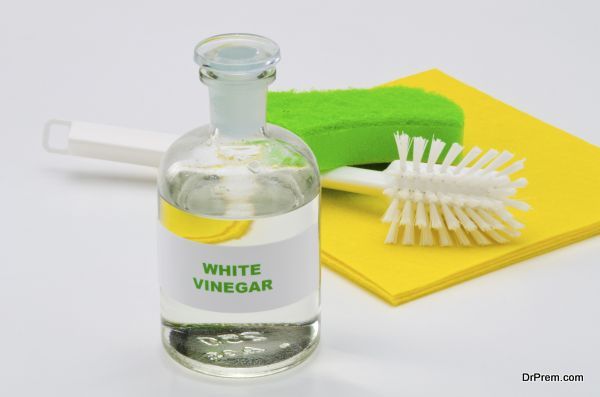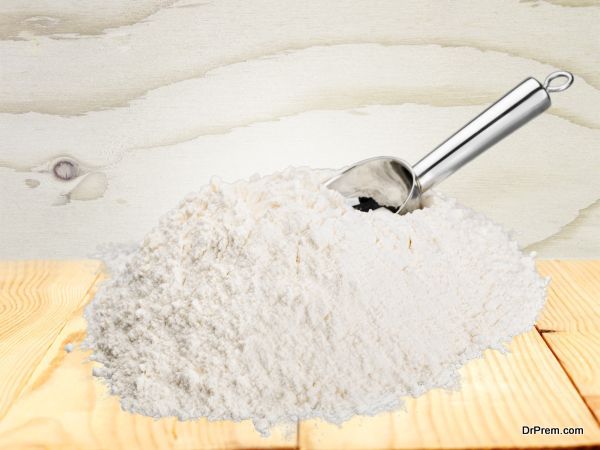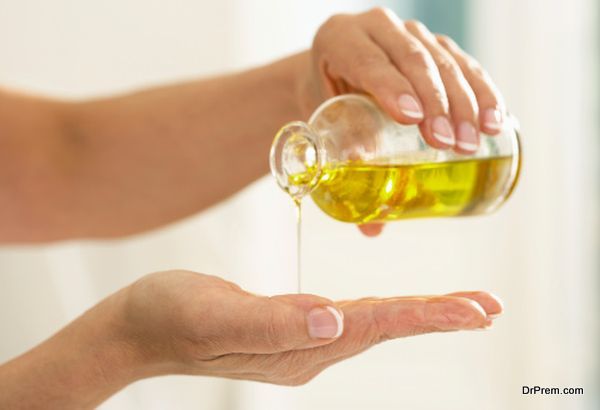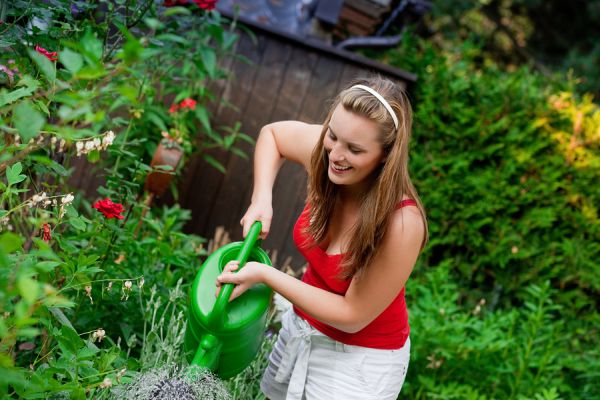Cleaning your sink once you are done with the dishes is easy, but with the eco-friendly revolution hitting the turf of homes, cleaning with thenon-toxic material is becoming an important consideration for many. Cleaning with regular toxic material causes the toxins to be drained down and enter the local water table.
These toxins can sometimes escape the municipal treatments and hence pollute water resources. Stainless steel can lose its shine with time resulting in a dingy appearance; here are some eco-friendly ways of cleaning your stainless steel sink.
- Baking Soda
The best non-toxic agent to clean your stainless steel sink and get rid of water-resistant stains is baking soda. Mix the baking soda with water to make a paste and apply it to your washcloth or directly onto the sink. Use a damp sponge with the grain towards the sink. If you have rust stains on the steel, you can mix the soda in a proportion of 2 parts of baking soda with 1 part of water. Rinse with water once you have scrubbed off the stains. For any scratches that remain, you can use a fine steel wool to buff them off.
- Club Soda
In addition to drinking, club soda has more applications than you think you know. It can be used as a great sink-cleaning non-toxic material. All you have to do is make sure that the sink stopper is tightly plugged in and then pour in some club soda into the sink. Damp your washcloth or sponge in the club soda and start scrubbing off the stains. Once you are done rinse away the soda and use a dry cloth to shine the stainless steel.
- Vinegar and oil
It may sound like a salad dressing, but this mixture can do wonders for your stainless steel sinks. Use vinegar in a spray bottle and mineral oil of your choice and begin with cleaning the steel with vinegar. Spray the steel with vinegar and wipe if off in the direction of the grain. Once you have wiped off the vinegar,dampen your washcloth with oil and use it to polish off the stains in the direction of the grain. You will start seeing the grains disappear as you polish the surface shiny.
- Flour
When someone is giving you eco-friendly tips and you hear flour, do not dismiss the idea without putting it to test. To shine your stainless steel all you need to do is pour out some flour and a pinch of elbow grease over the surface. Get to scrubbing with a damp cloth or sponge over the flour. With the elbow grease, you will soon notice the formation of a pasty mixture. Scrub away all the stains and rinse with cool water to reveal a shiny sink.
- Baby oil
Baby oil is a baking ingredient that you can add to your kitchen cleaning accessories. For a smoother polish and a shinier surface, just pour out some baby oil over the sink once you are done with the dishes. When the sink is all clean and wet, just rub over some baby oil with a washcloth.
- Hydrogen peroxide and cream tartar
Another natural cleaner that works exclusively on rust stains to reveal a cleaner steel surface is the mixture of one part hydrogen peroxide with three parts of cream tartar. Once you have applied this mixture over the rust spots let it sit for 10-12 minutes before you buff the spots gently with a washcloth. Rinse off with clean cold water and get your sink looking as good as new.
Kitchen cleaning products can contain a range of chemicals that escape the process of purification in municipal tanks. This toxin-contaminated water that is flushed after you clean your sink can end up contaminating the water table, so use sustainable natural methods for cleaning your sink. Methods like using baking or club soda, vinegar, and flour are known to produce a shinier steel surface for your sink.










